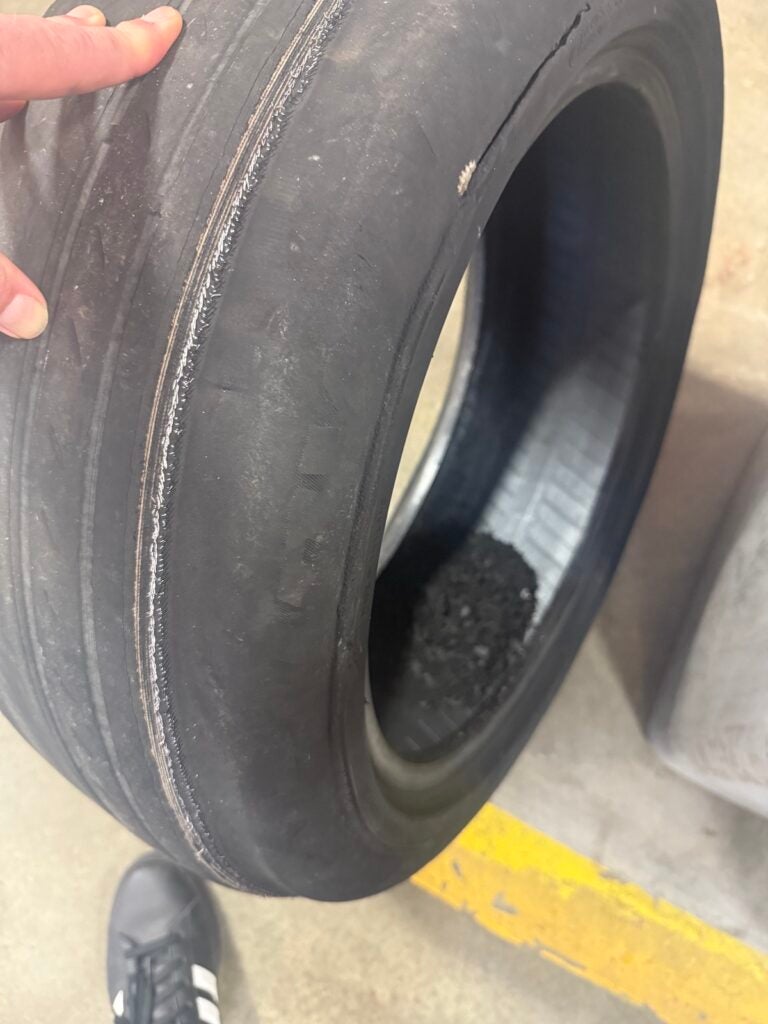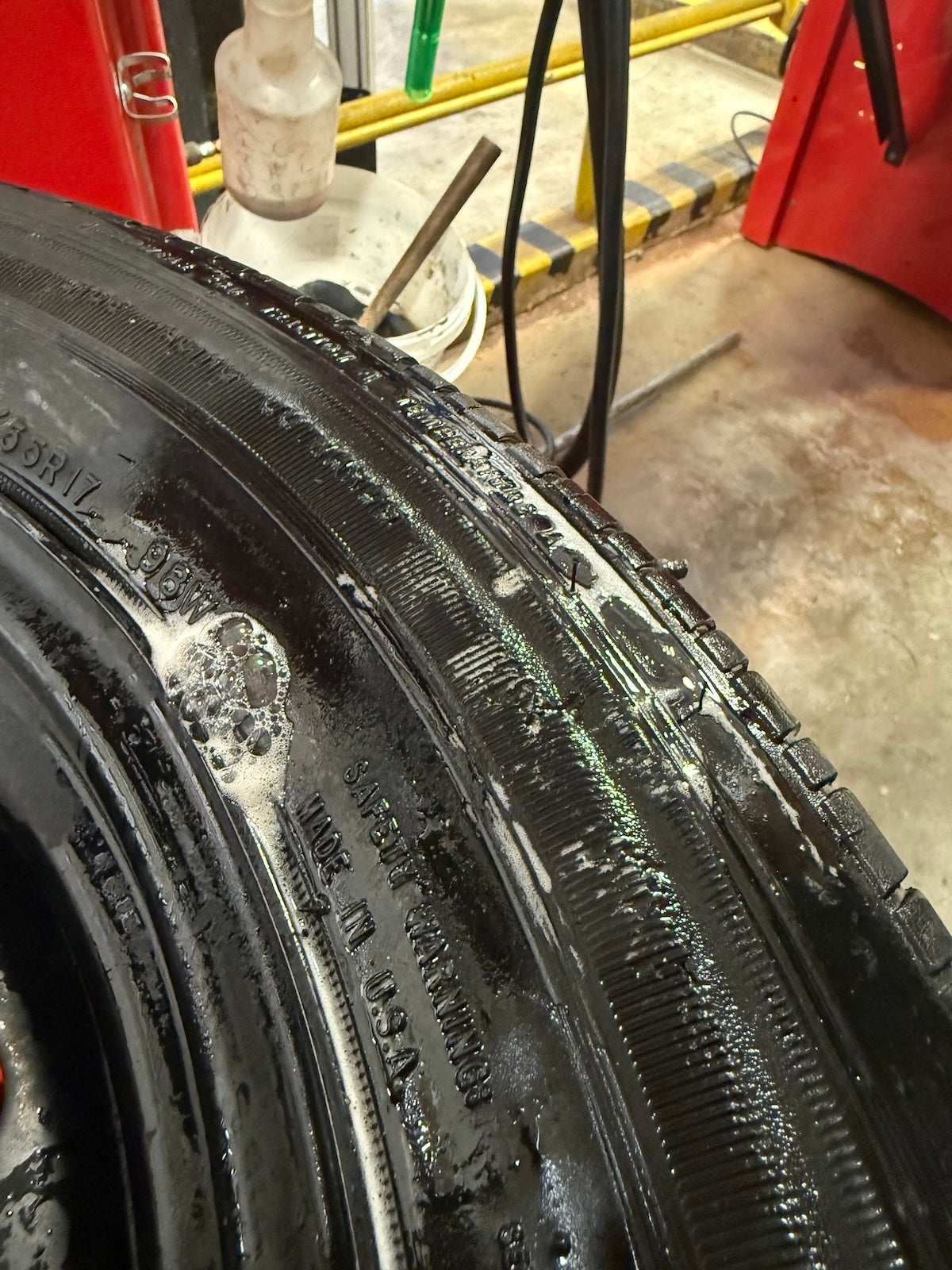If it hasn’t happened to you yet, it statistically will. The dreaded flat tire. Either while driving or returning to your car, you notice all the air has left one of your tires. At best, this could be a minor inconvenience, and at worst, it can cause a loss of control of the vehicle.
According to Torque News, drivers will experience a flat tire five times in their driving career. To make matters worse, more cars are being sold without a spare tire. This leaves drivers with few options on the side of the road.
Many drivers rely on roadsides assistance companies for help in these situations. AAA reports that 26% of their calls come from flat tires. They also surveyed their customers and only 54% of their members could change their own tire.
With the higher costs of tires many drivers are delaying replacing their tires, which in turn can cause unsafe stopping conditions on wet roads and dangerous blow outs at speed. According to the National Highway Traffic Safety Administration, a car with tread below the discard amount has three times the rate of being in an accident.
If you do get a flat tire, there is a good chance it can be repaired. Tire shops can patch a tire for a small fee. Tire plugs can be used on the side of the road for a temporary repair if a spare tire isn’t equipped on your car. Some shops have been declining tire repair due to liability, so your best bet is to call the shop first. Find a shop that patches tires internally off the wheel, as those repairs are more reliable than tire plugs in the long run. Punctures in or near the sidewall of the tire, or punctures over a certain diameter, cannot be repaired and call for tire replacement.

Many tires are damaged due to impacts from curbs, potholes, and debris on the road. In many cases the wheel will be bent or cracked as well, along with damage to the car’s suspension and underbody. A thorough safety inspection should be done to the car after an impact like this by a qualified collision center or repair facility. Insurance companies may cover incidents like this, depending on the coverage purchased.
If you do have to replace your tire, make sure it is the same size and equivalent to the original equipment tire. If you have all wheel drive, you may have to purchase two tires to make sure the diameter is the same. If the old tire is smaller due to wear, the all-wheel drive differentials will wear quicker and cause problems.
With new tires, the shop may suggest an alignment, which is recommended due to poor alignment angles like camber and toe causing accelerated tire wear. While not mandatory, I always suggest that option for maximum tire life.
Prevention and early detection are key to keeping your tires in good shape. If you do not have a tire pressure monitoring system that gives the exact pressure in each tire, I recommend checking tire pressure once a month. Some tire shops will even do this for free if they aren’t too busy. Rotation, balance, and alignment checks should be part of routine tire maintenance.
One thing I never recommend is the use of tire sealants such as Fix-a-Flat. Avoid using this unless it is an all-out emergency. The liquid used ruins the expensive tire pressure sensor, can corrode aluminum wheels, and is a pain to clean out of a tire for a proper repair.
While flats happen to the best of us, knowing what to do will give you peace of mind.
As for me, I will see you on the road! Just hopefully not on the side of it with a flat tire.










